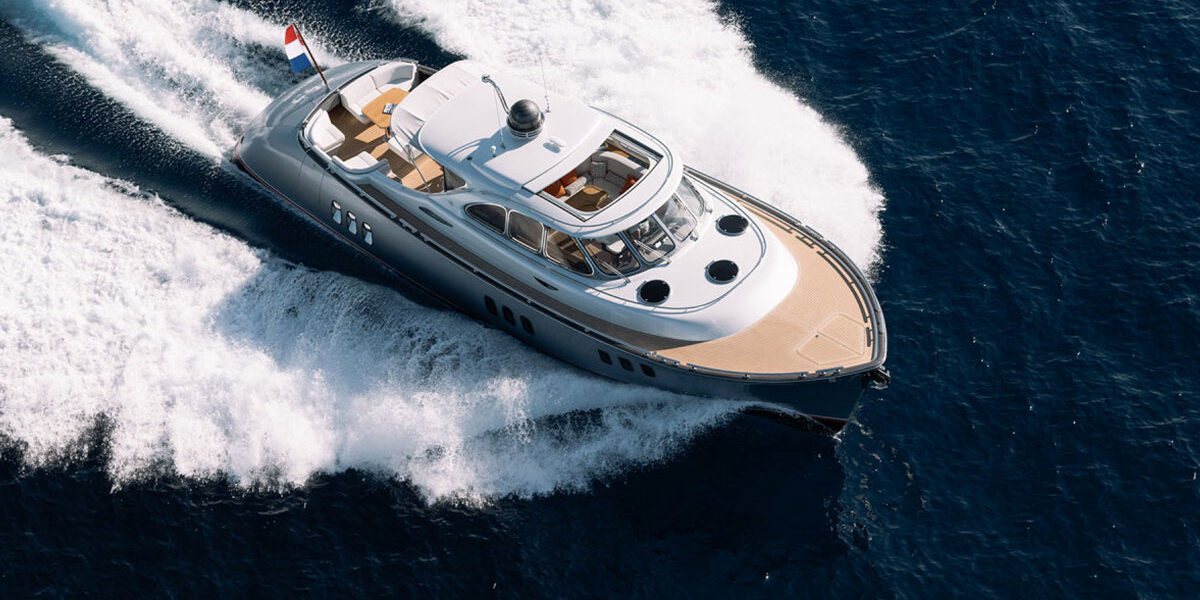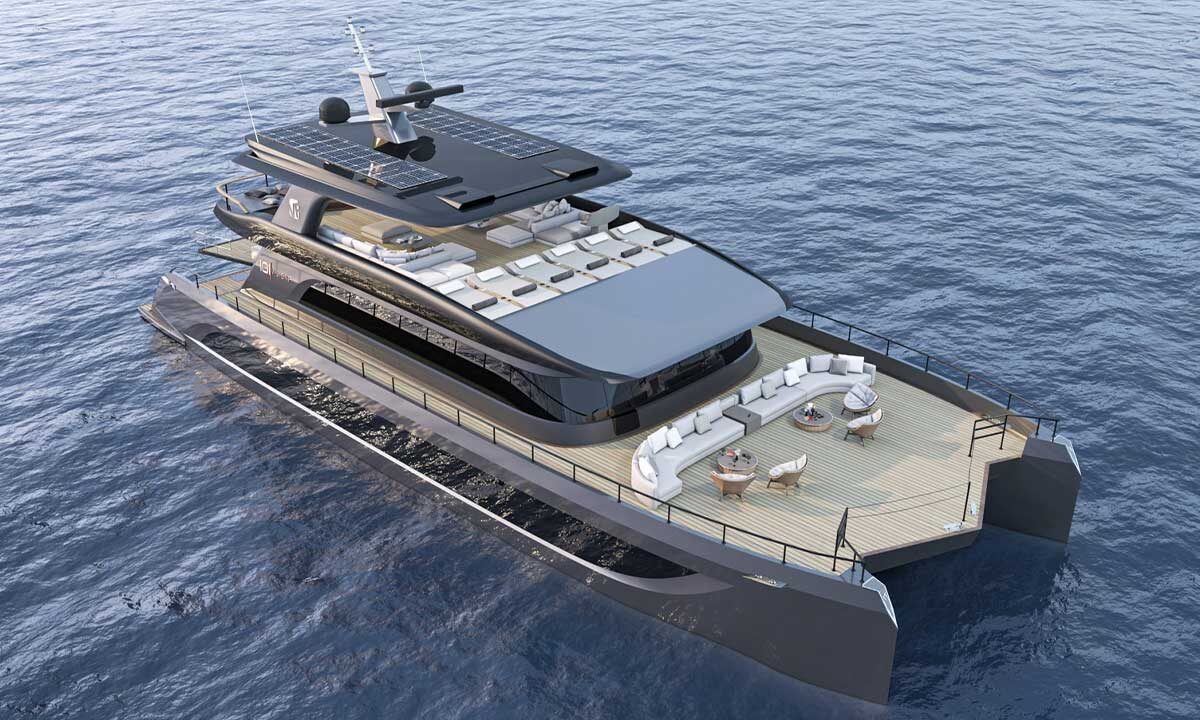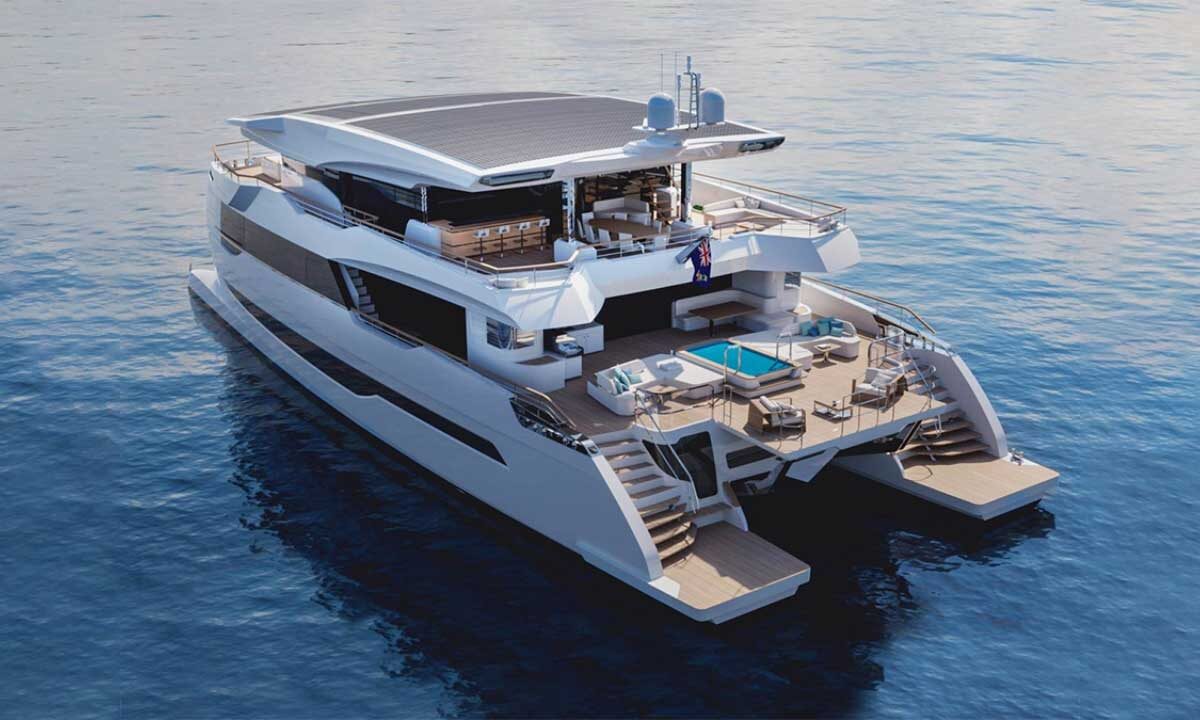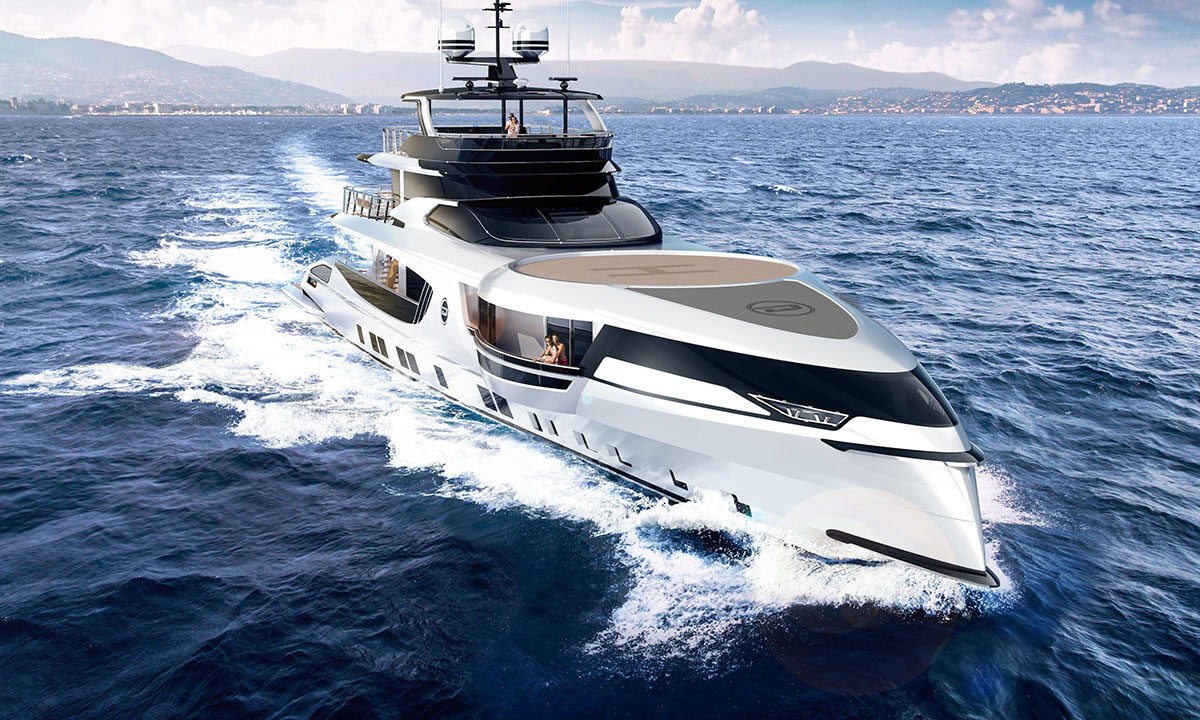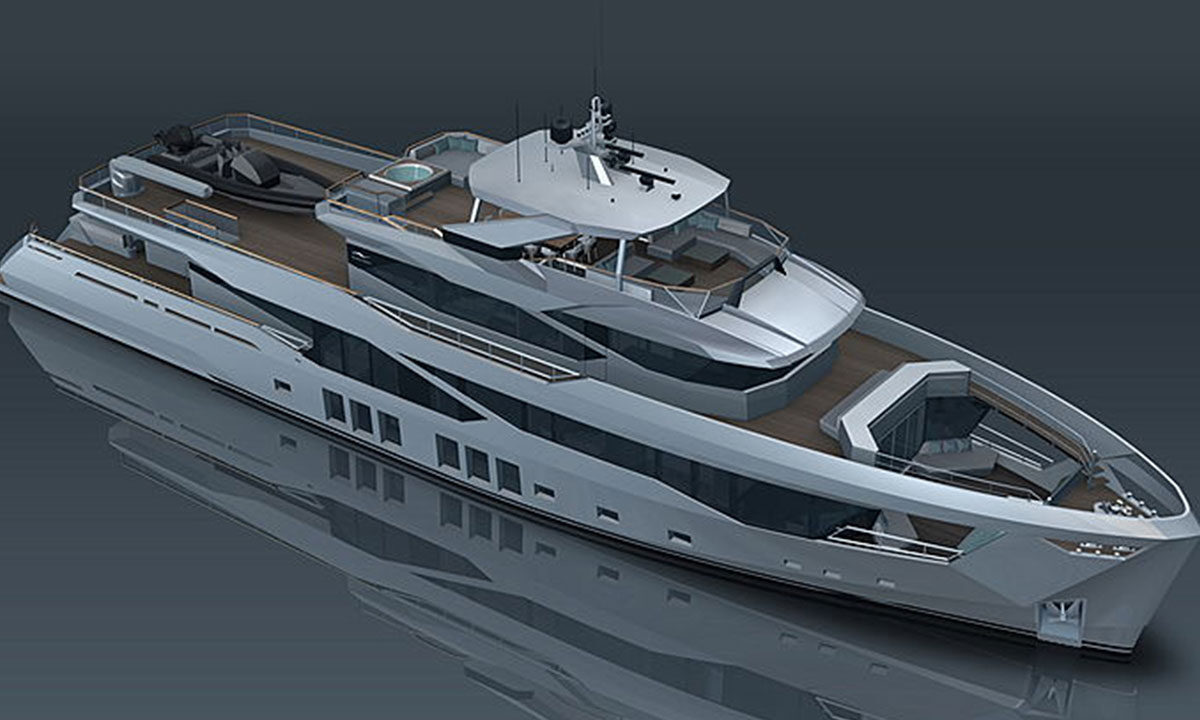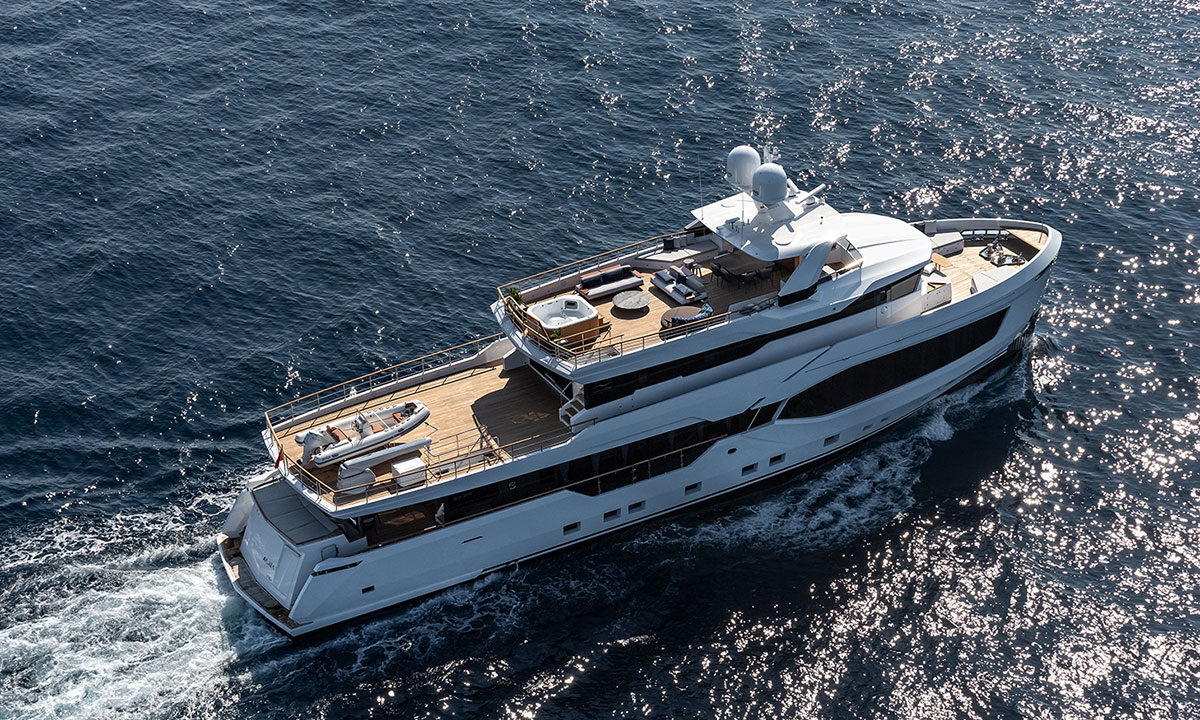Comfort and Silence onboard Zeelander Z55

S-Line Comfort Plus Package for VanDutch Yachts
6 January 2022
New project at Su Marine June 2021
7 January 2022Zeelander Z55 the mini | MEGA Yacht with stunning performance and whispering quiet.
Silent Line performed comprehensive engineering in 2007 and 2008 for the Zeelander Z44 with stunning results and she was introduced during the Monaco Boat Show in 2008. Other than engineering Silent Line supplied all high end engineering based insulation materials and performed onsite supervision during the building stage.After the Zeelander Z44 we had the pleasure to work together with Zeelander Yachts on her bigger sister the Zeelander Z55.
Upon request of the Owner of Zeelander Yachts we had the pleasure to work with Zeelander Team on achieving very comfortable noise and vibration levels for both anchor and transit condition.
Vibration Control:

The first goal was to control and reduce vibrations emitted by:
- Volvo Penta diesel engines
- Exhaust gasses at idle speed
With approval of Volvo Penta we changed the “standard elastic mounting system” into more soft (high volume) flexible mountings.
This along with F.E.A (Finite Element Analysis) of the aft ship structure (as shown) made a huge difference compared with a “standard” approach.
The second step was eliminating the vibrations emitted by the exhaust gasses at idle speed. The gasses are transmitted through the IPS “Tail” and causing serious annoying “low frequency” vibrations.
Zeelander was the first company in the world that used an electronic open-close pass system on the exhaust.

Noise Control:

The next challenge was to control water-flow noise in accommodation areas as shown.
The target was not to exceed 65 dB(A) at Cruising speed condition in all accommodation areas.
This to be done using lightweight materials and solutions.
Anchor condition:

At anchor condition, with generator set running and AC operational, the target was set at 35 dB(A).
This means that the generator set must be double flexible mounted (using high volume mounts), the engine room well insulated using lightweight fire-resistant materials (both sound absorbing and sound reflecting) and most important AC noise not to exceed 30 dB(A) at fan speed 2.
We achieved our goal and the first Z55 was handed over to a very happy Owner.
